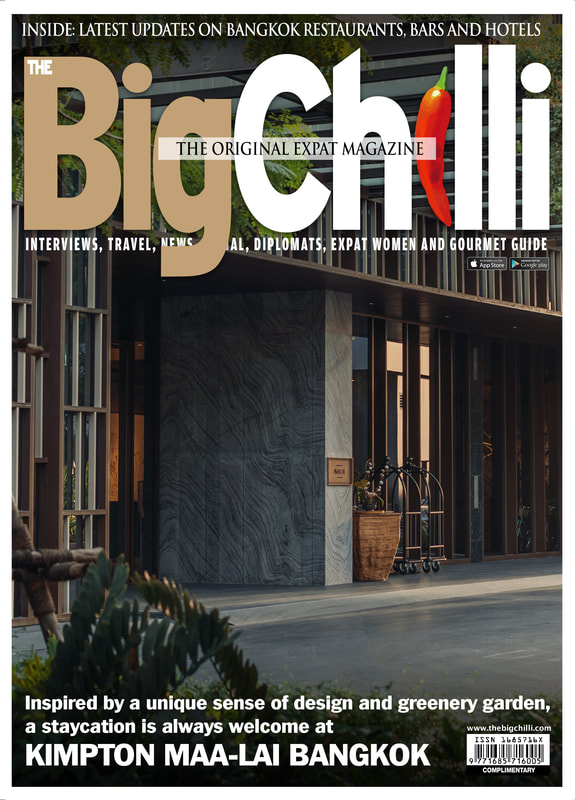The first issue of Thailand Tatler, September 1991, and the BigChilli
By Colin Hastings
While lamenting the closure of Thailand Tatler, the publisher of BigChilli says that people still love printed magazines because of their permanence, unlike the fleeting and easily forgettable nature of social media
The few media companies still involved in printing magazines will be saddened by the news that ‘society bible’ Thailand Tatler has closed for good, at least by its current license holder.
The end of this fine publication has special poignancy for me as I was given the task of launching Thailand Tatler on behalf of the Bangkok Post, the original license holder, back in 1991 and went on to run the magazine as its managing editor for the next seven years.
It was a challenge I relished, particularly as Tatler was the first of many local versions of international magazines like Elle, Cleo and Vogue to enter the Thai market soon after. It was an exciting period for magazine publishers and we all expected it to last forever.
Although I have no inside information about the decision by its present franchisee to pull the plug on Tatler, I assume it is down to the same three factors that have caused the demise of so many magazines - the flight of advertising to social media, especially but not exclusively Facebook, the high cost of printing and the chronic economic slowdown caused by Covid19.
Other factors such as changing tastes may have also impinged on the viability of such publications, but it is unquestionably those three reasons that are mostly behind the closure in recent years of so many once familiar titles.
Indeed, the list of English language magazines that once packed local bookshops and graced countless coffee tables is long, and now a distant memory.
Who remembers Caravan, Metro, Living in Thailand, Time Out, The Magazine, Farang, Look East, Travel & Leisure, Sport, Traversing the Orient, and AsiaLife? They’re not alone - The BigChilli also bid farewell to a number of its own publications, the demise of which we will cover in a future issue of this magazine.
ll of these were home to some great editors, writers, designers and a host of creative minds, not to mention the many behind-the-scenes people such as printers, messengers, sales teams and office staff. Have they all found
new employment in the online media revolution?
I doubt it.
Recalling Thailand Tatler’s launch three decades ago, I’m pleased to say we got our market bang on target from the outset. Readership was aimed squarely at the country’s emerging and newly enriched middle class – ‘hiso’ Thais - while our editorial coverage paid homage to the people who really ran the kingdom.
The end of this fine publication has special poignancy for me as I was given the task of launching Thailand Tatler on behalf of the Bangkok Post, the original license holder, back in 1991 and went on to run the magazine as its managing editor for the next seven years.
It was a challenge I relished, particularly as Tatler was the first of many local versions of international magazines like Elle, Cleo and Vogue to enter the Thai market soon after. It was an exciting period for magazine publishers and we all expected it to last forever.
Although I have no inside information about the decision by its present franchisee to pull the plug on Tatler, I assume it is down to the same three factors that have caused the demise of so many magazines - the flight of advertising to social media, especially but not exclusively Facebook, the high cost of printing and the chronic economic slowdown caused by Covid19.
Other factors such as changing tastes may have also impinged on the viability of such publications, but it is unquestionably those three reasons that are mostly behind the closure in recent years of so many once familiar titles.
Indeed, the list of English language magazines that once packed local bookshops and graced countless coffee tables is long, and now a distant memory.
Who remembers Caravan, Metro, Living in Thailand, Time Out, The Magazine, Farang, Look East, Travel & Leisure, Sport, Traversing the Orient, and AsiaLife? They’re not alone - The BigChilli also bid farewell to a number of its own publications, the demise of which we will cover in a future issue of this magazine.
ll of these were home to some great editors, writers, designers and a host of creative minds, not to mention the many behind-the-scenes people such as printers, messengers, sales teams and office staff. Have they all found
new employment in the online media revolution?
I doubt it.
Recalling Thailand Tatler’s launch three decades ago, I’m pleased to say we got our market bang on target from the outset. Readership was aimed squarely at the country’s emerging and newly enriched middle class – ‘hiso’ Thais - while our editorial coverage paid homage to the people who really ran the kingdom.
"With Thailand Tatler’s closure, the BigChilli may now be the country’s longest running English language magazine. The last man standing, so to speak."
It was tailor-made for luxury brand advertising.
Expats who got a look in were mostly diplomats, heads of international companies and, just for fun, a few eccentrics. Rank and file expats weren’t excluded; they just didn’t seem to fit in, and understandably so. During my seven years in charge of Tatler, I was always welcomed into those ‘hiso’ circles, and yet I never felt truly comfortable, so I appreciated the cultural gulf.
And that’s how the BigChilli came about. We spotted a gaping hole in the magazine market – no publication at that time was reaching out to Thailand’s rapidly expanding community of ‘regular’ expats.
Launched in late 1999 as a slightly irreverent monthly magazine with lots of gossip, edgy news, tongue-in-cheek articles, parties, profiles and restaurant reviews, BigChilli was quickly adopted by foreigners who didn’t identify with the local hiso scene.
Quite soon we knew had a winner on our hands, albeit a modest one in financial terms. Over the following years, the magazine naturally evolved, growing in size and stature, maturing and ultimately embracing all facets of expat living in Thailand, from serious business and legal issues, crime and in-depth interviews to travel, hotel and restaurant reviews, international schooling and medical matters.
I think it’s fair to say that after 21 years, the BigChilli is very much part of the fabric of expat society in Thailand. An institution, if you like. Our brand is certainly very well established and duly respected. With the closure of Tatler, we may now be the country’s longest running English language magazine. The last man standing, so to speak.
However, there’s no hiding the fact that the BigChilli faces the same challenges that have plagued many our competitors and eventually brought about their demise.
But as time goes by, it is becoming increasingly clear that many people still enjoy the touch, the feel and even the smell of a printed magazine. And that’s before they get to read the quality content inside.
There is one other very important factor in believing that there’s still a future for the print media: its permanent physical presence.
Expats who got a look in were mostly diplomats, heads of international companies and, just for fun, a few eccentrics. Rank and file expats weren’t excluded; they just didn’t seem to fit in, and understandably so. During my seven years in charge of Tatler, I was always welcomed into those ‘hiso’ circles, and yet I never felt truly comfortable, so I appreciated the cultural gulf.
And that’s how the BigChilli came about. We spotted a gaping hole in the magazine market – no publication at that time was reaching out to Thailand’s rapidly expanding community of ‘regular’ expats.
Launched in late 1999 as a slightly irreverent monthly magazine with lots of gossip, edgy news, tongue-in-cheek articles, parties, profiles and restaurant reviews, BigChilli was quickly adopted by foreigners who didn’t identify with the local hiso scene.
Quite soon we knew had a winner on our hands, albeit a modest one in financial terms. Over the following years, the magazine naturally evolved, growing in size and stature, maturing and ultimately embracing all facets of expat living in Thailand, from serious business and legal issues, crime and in-depth interviews to travel, hotel and restaurant reviews, international schooling and medical matters.
I think it’s fair to say that after 21 years, the BigChilli is very much part of the fabric of expat society in Thailand. An institution, if you like. Our brand is certainly very well established and duly respected. With the closure of Tatler, we may now be the country’s longest running English language magazine. The last man standing, so to speak.
However, there’s no hiding the fact that the BigChilli faces the same challenges that have plagued many our competitors and eventually brought about their demise.
But as time goes by, it is becoming increasingly clear that many people still enjoy the touch, the feel and even the smell of a printed magazine. And that’s before they get to read the quality content inside.
There is one other very important factor in believing that there’s still a future for the print media: its permanent physical presence.
"People still enjoy the touch, the feel and even the smell of a printed magazine. It has a permanent physical presence"
While online media platforms currently account for the bulk of advertising spend, there is a growing realization that it’s all rather fleeting. Even if an ad on Facebook, YouTube or Instagram manages to grab someone’s attention, its message often fails to register.
The beauty of printed magazines is that they last, they hang around, not unusually for months and even years, and so do their clients’ advertisements. That’s why prestigious international companies like Rolex have always had a preference for advertising their watch brands in magazines, normally on the back cover.
At the BigChilli, we are regularly approached by hotels, restaurants, schools and hospitals to have their story appear in the magazine. They recognize the power and influence of its permanence.
The beauty of printed magazines is that they last, they hang around, not unusually for months and even years, and so do their clients’ advertisements. That’s why prestigious international companies like Rolex have always had a preference for advertising their watch brands in magazines, normally on the back cover.
At the BigChilli, we are regularly approached by hotels, restaurants, schools and hospitals to have their story appear in the magazine. They recognize the power and influence of its permanence.
"While online media platforms currently account for the bulk of advertising spend, there is a growing realization that it’s all rather fleeting."
Tellingly, they invariably ask for several dozen or more copies of the issue they appear in so they can share the news with friends and associates. Magazines last, there’s no doubt about it.
Of course the BigChilli has embraced the new media and our magazine appears very month on a variety of online platforms. Nevertheless, people still make a point of wanting to appear in the printed version of the magazine because they know that it won’t be forgotten in an instant.
Over the past 21 years, we have learned a lot about our readers, their likes, their preferences, their hopes and their aspirations. It’s been immensely helpful in shaping the magazine and its future. We’ve also made mistakes, but one each has taught us something new.
It’s both a responsibility and burden being the last man standing. Tatler’s demise is indeed sad. But we are determined to carry on. More importantly, we may have reached the turning point for the good fortunes of print media.
The BigChilli is still here after all these years, so we must have been doing something right. Enjoy this month’s magazine.
Of course the BigChilli has embraced the new media and our magazine appears very month on a variety of online platforms. Nevertheless, people still make a point of wanting to appear in the printed version of the magazine because they know that it won’t be forgotten in an instant.
Over the past 21 years, we have learned a lot about our readers, their likes, their preferences, their hopes and their aspirations. It’s been immensely helpful in shaping the magazine and its future. We’ve also made mistakes, but one each has taught us something new.
It’s both a responsibility and burden being the last man standing. Tatler’s demise is indeed sad. But we are determined to carry on. More importantly, we may have reached the turning point for the good fortunes of print media.
The BigChilli is still here after all these years, so we must have been doing something right. Enjoy this month’s magazine.

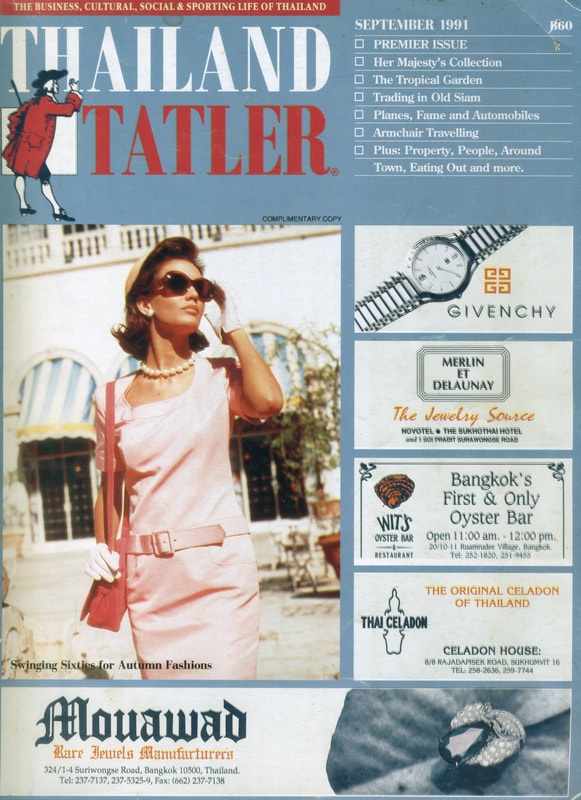
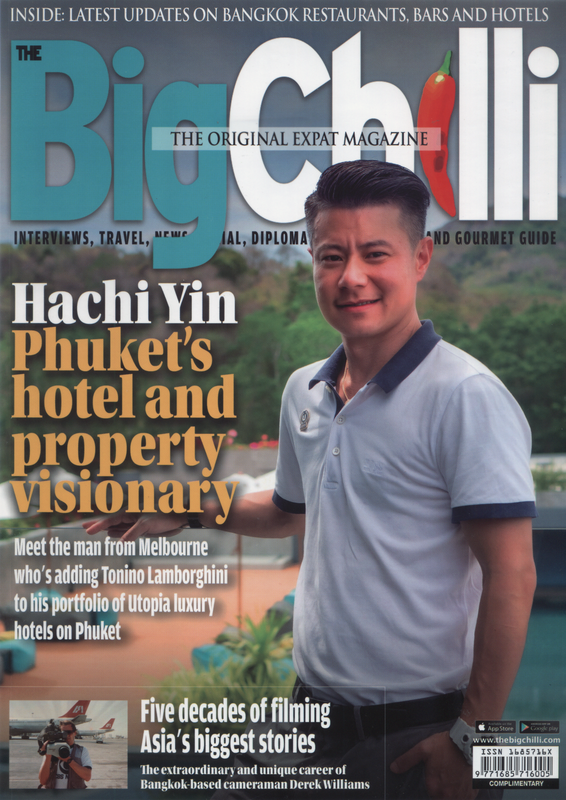
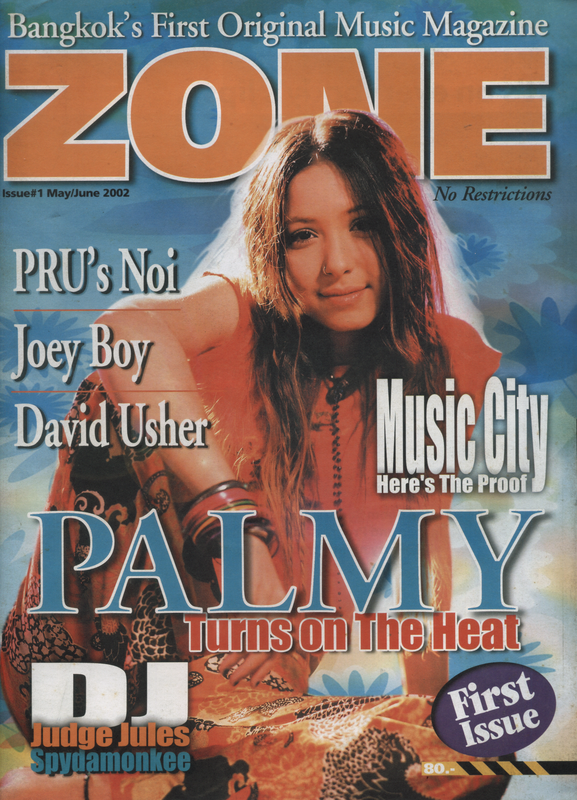
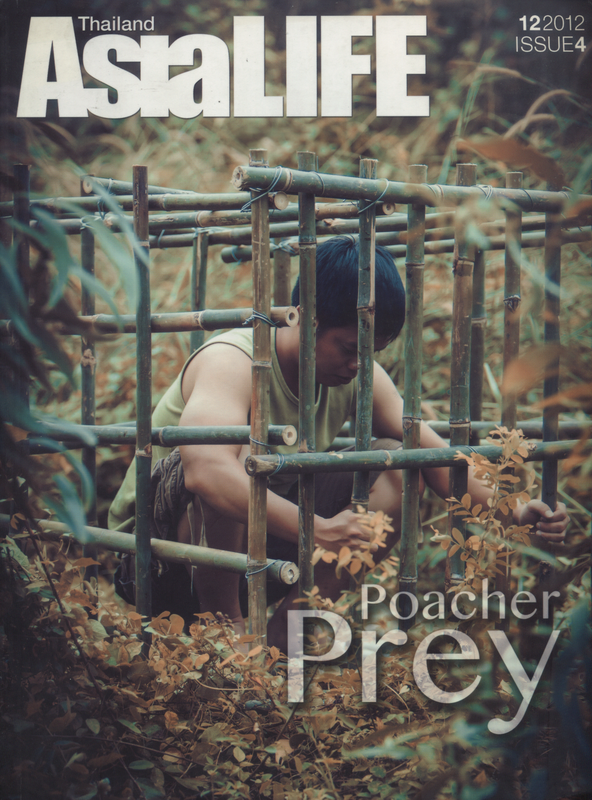
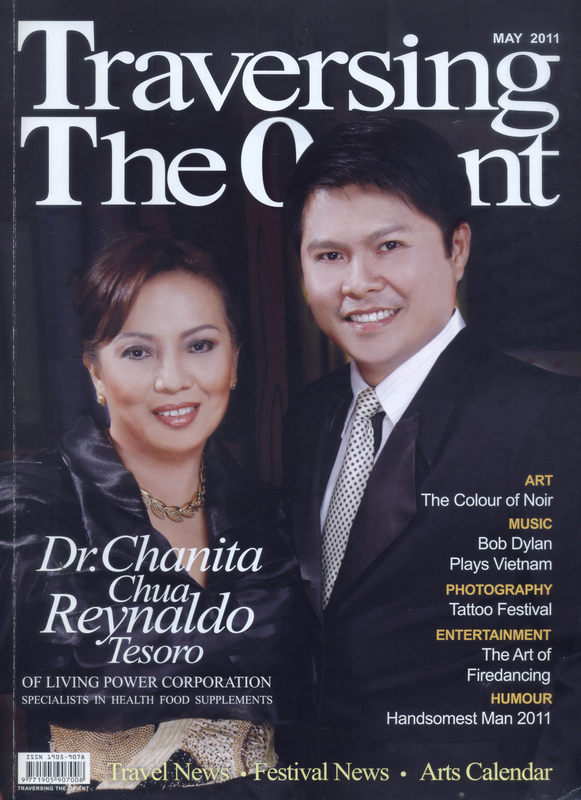
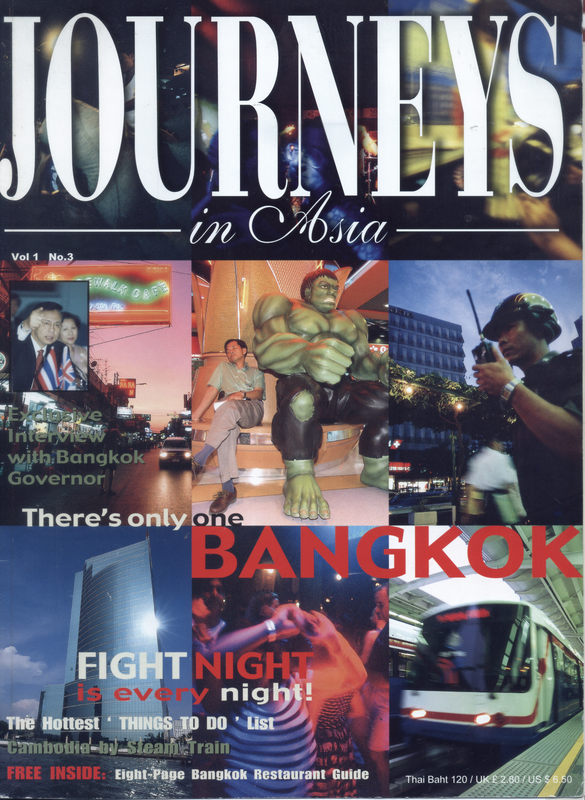
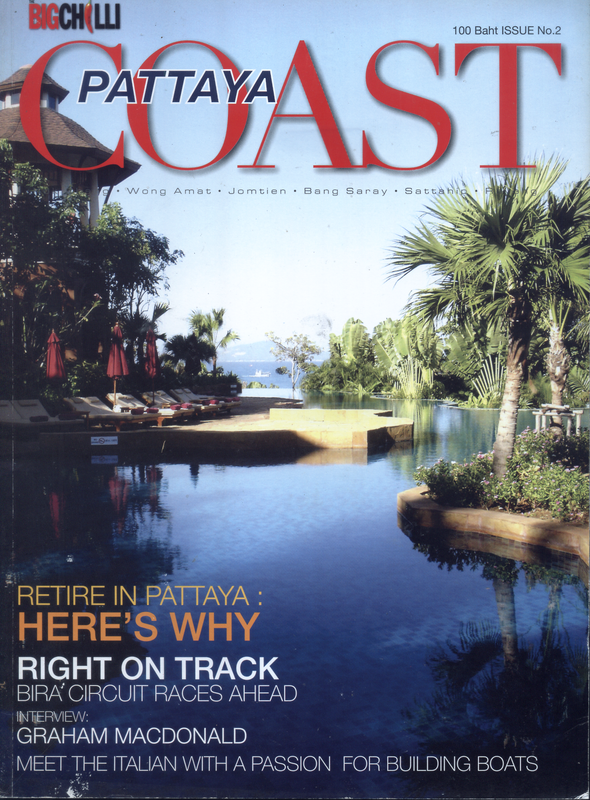
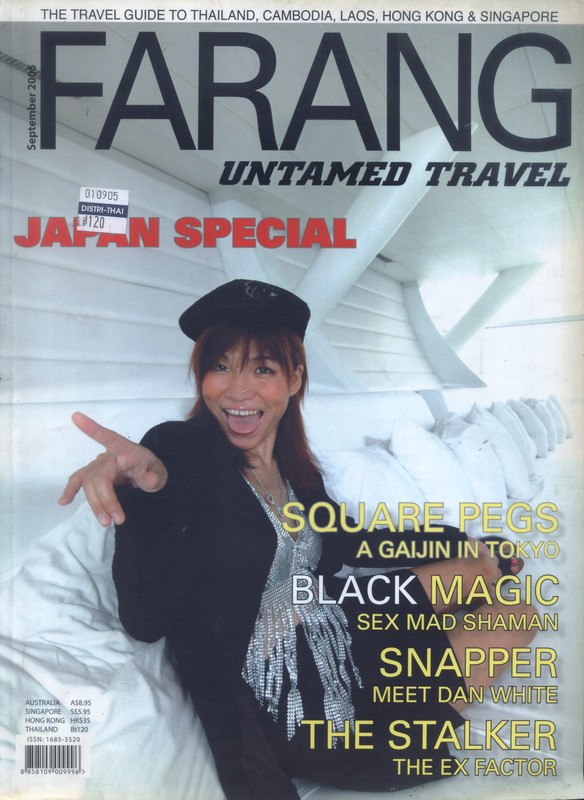
 RSS Feed
RSS Feed





